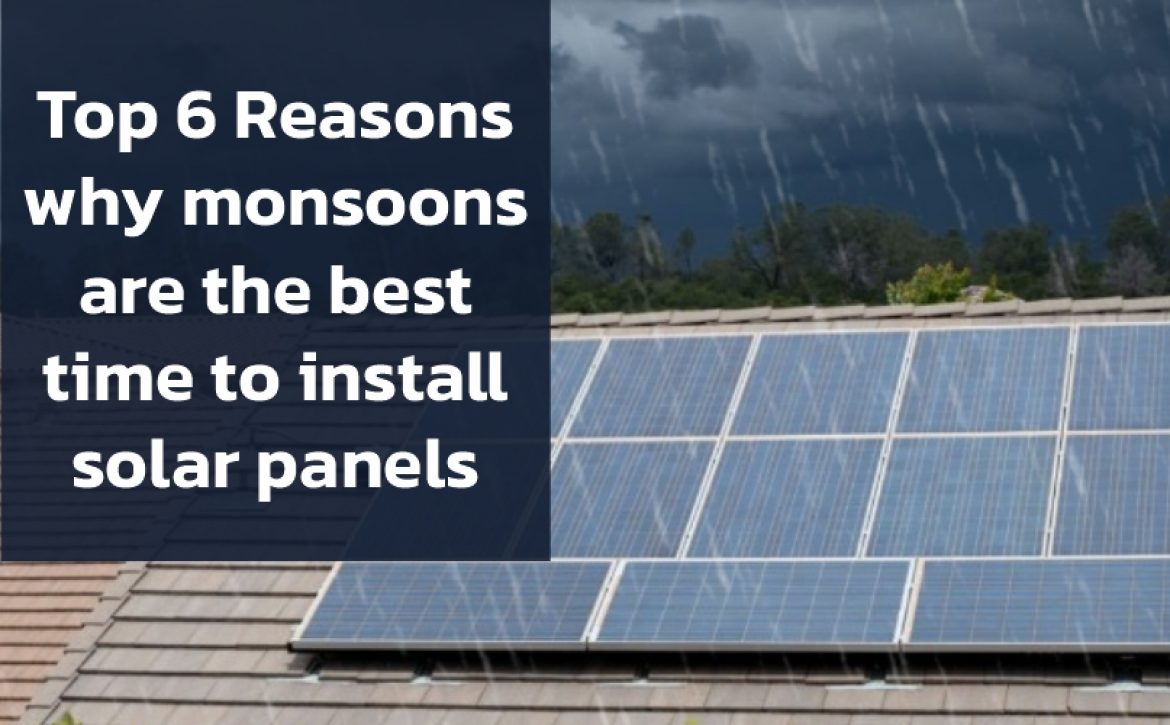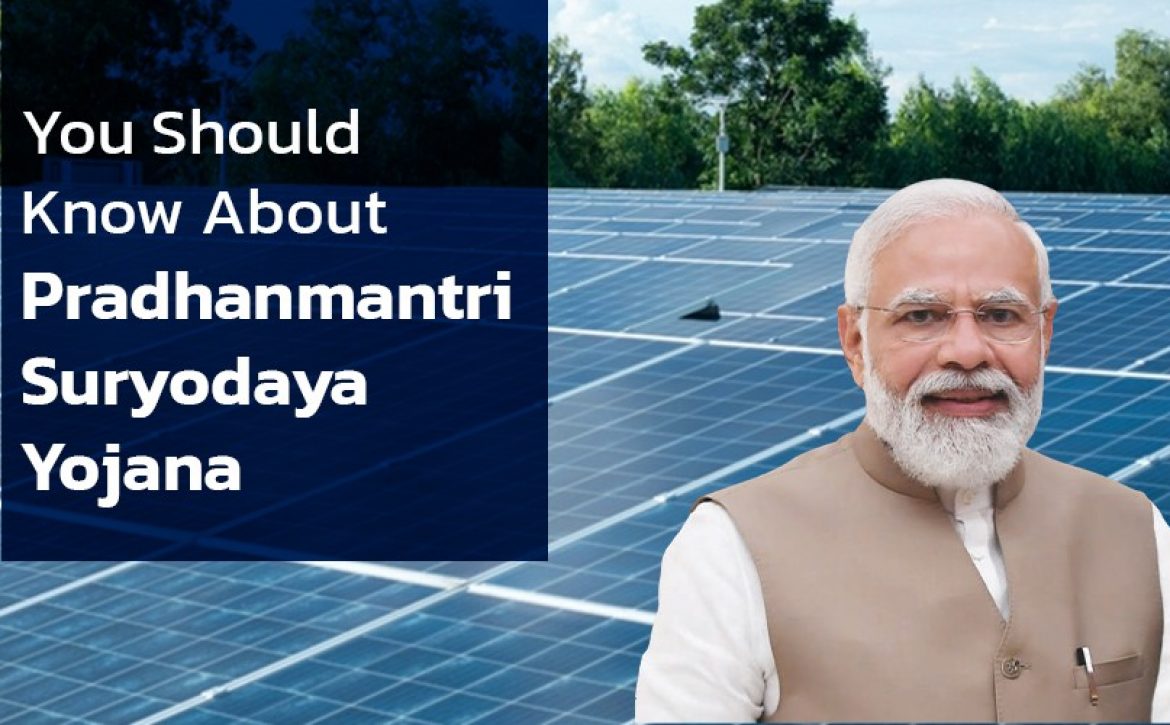Installing a solar system is just the first step
Raman Bhatia, Founder and Managing Director, of Servotech Power Systems, talks about innovative approaches to advancing energy efficiency in the solar sector, from embracing the ‘Make in India’ initiative to pioneering new technologies.
Q1: Can you provide an overview of Servotech Power Systems’ contributions to energy efficiency in the solar sector?
Throughout its journey with a strong motto of providing high-quality solar solutions, Servotech made noteworthy contributions towards energy efficiency in the solar sector, through innovative technologies and solutions. By developing high-efficiency solar solutions that are both sustainable and reliable, Servotech has played its part in making solar energy a household name. The company has expanded its reach across various sectors. Servotech’s residential solar solutions empower homeowners to reduce their carbon footprint and electricity bills. The company provides solar solutions for industries, helping them reduce energy costs, improve their environmental quotient, and comply with sustainability regulations. Servotech caters to the commercial sector by offering rooftop and ground-mounted solar power plants helping them reduce electricity costs and enhance their brand image, Lastly, the company has been actively involved in executing solar projects for government institutions, aiding in the country’s renewable energy goals and by providing efficient and reliable solar solutions, we contribute to
the government’s efforts in promoting clean energy adoption.
Q2: What role does the ‘Make in India’ initiative play in your strategy to promote energy efficiency and sustainable solutions?
Make in India, a wonderful initiative by our government has definitely pushed manufacturers across all sectors, especially our sector, which is the renewable energy sector towards Indigenous manufacturing. By manufacturing solar components locally, we significantly reduce the carbon footprint associated with transportation and logistics. Local production often leads to cost reductions in solar products which makes solar energy more affordable for consumers, encouraging wider adoption and contributing to energy efficiency. The Make in India initiative also helps create employment opportunities in the solar sector, leading to skill development and a larger workforce dedicated to renewable energy. Domestic manufacturing reduces reliance on imports and strengthens the supply chain, ensuring uninterrupted production and reducing vulnerabilities to global disruptions.
Q3: How has Servotech adapted its solar solutions to meet the evolving energy efficiency standards?
Well, it has been more than two decades now. During this long journey, we have constantly worked on ourselves, renovated, and innovated ourselves to keep up with the evolving energy efficiency standards in terms of product development, innovation, and R&D. We have consistently incorporated the latest advancements in solar technology that includes the use of higher efficiency solar cells, advanced inverters, and optimized system components. We introduced innovative solar products and solutions that meet the evolving energy efficiency standards. This involves continuous research and development to create more efficient and sustainable products. We prioritize product performance and rigorous testing and quality control measures ensure that our products meet or exceed industry benchmarks and this relentless pursuit of excellence has positioned us as a leader and has helped us in delivering efficient and sustainable solar solutions.
Q4: Could you elaborate on the significance of the engineering and design process in achieving energy efficiency in your Solar EPC projects?
The engineering and design phase in solar EPC projects lays the foundation for optimal performance. It involves a careful analysis of site conditions, including solar radiation, shading, and environmental factors. By carefully selecting high-performance components and designing the system for optimal orientation and tilt, engineers maximize energy capture. Additionally, this phase focuses on minimizing energy losses through efficient wiring, component placement, and system integration. A well-engineered design ensures the solar system operates at peak performance, delivering substantial energy savings and a strong return on investment.
Q5: What measures does Servotech implement during the procurement and project execution phases to ensure optimal energy efficiency in its solar power projects?
Constructing a solar system involves a lot of phases with procurement and project execution being the most important ones. During the procurement phase, we prioritize the development of high-efficiency solar modules, solar inverters, and other components. Rigorous quality assurance processes and performance testing are conducted to verify that all components meet or exceed industry standards and are compatible with project requirements. In the project execution phase, Servotech conducts detailed site assessments to determine the optimal system orientation, tilt angle, and shading analysis. Strict adherence to installation guidelines and best practices ensures proper system integration and performance. Post-installation, the system undergoes comprehensive testing to verify energy efficiency and performance. Monitoring systems are often incorporated to track performance and identify areas for improvement.
Q6: How does your operation and maintenance service contribute to maintaining and enhancing the energy efficiency of installed systems?
Installing a solar system is just the first step; operating and maintaining it properly is equally important to ensure the system runs efficiently over the long term and for that we conduct regular inspections to detect and address issues like module degradation and inverter malfunctions early, preventing energy losses. Our team ensures optimal performance through routine cleaning and maintenance, which maximizes sunlight absorption and energy generation. Continuous performance monitoring using advanced data analytics allows us to optimize system settings, while preventive and corrective maintenance activities minimize downtime and equipment failures. By utilizing techniques such as module-level monitoring and inverter tuning, Servotech ensures that solar systems operate at peak efficiency, delivering maximum energy output and long-term cost savings.
Q7: In your view, how important are radiation data analytics and project feasibility studies in the planning of energy-efficient solar projects?
Radiation data analytics and project feasibility studies are absolutely critical for the successful planning of energy-efficient solar projects. Accurate radiation data allows for precise predictions of energy generation, system sizing, and financial returns. By analyzing radiation patterns, engineers can optimize system design, including orientation and tilt angles, to maximize energy capture. Feasibility studies help identify potential risks, such as shading or grid constraints, enabling proactive solutions. These studies also assess financial viability, considering ROI, payback periods, and incentives, ensuring projects are economically sound enabling data-driven decision-making throughout the project lifecycle.
Q8: Looking ahead, what are the key trends and innovations in energy efficiency that Servotech Renewable Power System plans to focus on in the near future?
Energy efficiency is a dynamic realm with the constant emergence of trends and innovations. The company recognizes the value these trends and innovations will add to the growth of energy efficiency in the solar sector. Our innovative product solar-powered EV charging carport integrates solar power with EV charging, which is an innovative take on how we can charge our EVs and also save energy from renewable sources. Additionally, Servotech plans to invest in enhancing the quality of bifacial solar panels to increase energy generation. We are investing in research and development of major solar developments and understand the importance of energy storage in enhancing grid stability and optimizing energy utilization and grid optimization. In fact, we are developing an energy storage system that will accelerate the adoption of renewable energy in low-electricity areas.
Exploring digitization of energy efficiency, we are focused on developing advanced monitoring and control systems to optimize system performance and predict maintenance needs. Lastly, to meet the growing demand for clean energy, we are exploring the integration of solar power with other renewable energy sources like wind and hydro to create hybrid power systems.
This Interview was originally published in Indian Cement Review: https://indiancementreview.com/2024/09/23/installing-a-solar-system-is-just-the-first-step-2/







 Get Quote
Get Quote

















